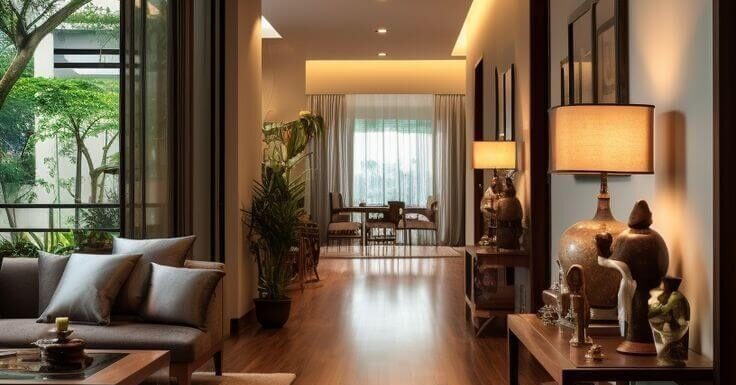In the world of interior design, creating a space that feels personal, comfortable, and beautifully reflective of who you are can be both exciting and daunting. As we grow more conscious of how our homes influence our moods and lives, the process of crafting an ideal space becomes a rewarding journey, inviting us to explore our personal styles, preferences, and the ambiance we want to cultivate. For those looking to transform their living areas, understanding some key principles of design can bring a sense of purpose and creativity to each decision.
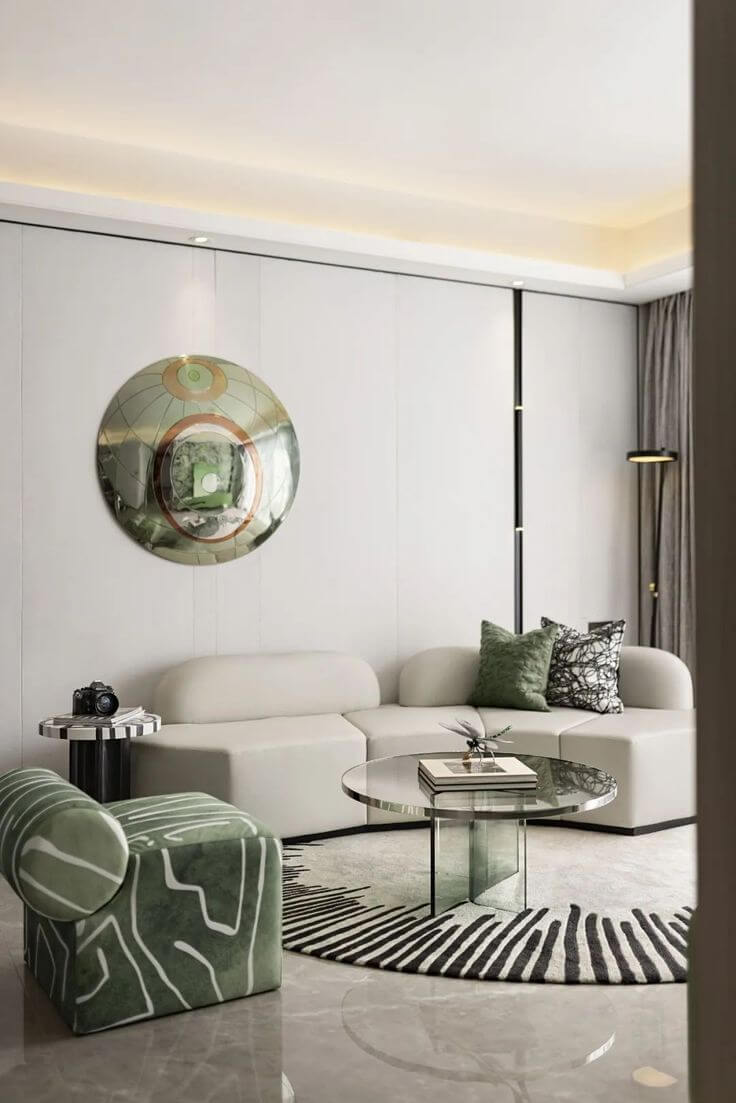
Finding Your Style: The Foundation of Personal Design
The foundation of any well-designed space lies in a style that resonates with you. A great starting point is to explore various aesthetics whether it’s minimalist, bohemian, modern, Scandinavian, vintage, or a mix of several styles. This doesn’t mean you have to conform strictly to one of them; rather, these styles serve as guidelines. You might love the clean lines and simplicity of modern design but want to infuse it with the warmth and character of vintage pieces. Creating a mood board can be a helpful step. Collect images that inspire you, these could be colors, textures, furniture styles, or even specific room setups. Tools like Pinterest or design magazines offer abundant inspiration and can help visualize a cohesive look that reflects your preferences.
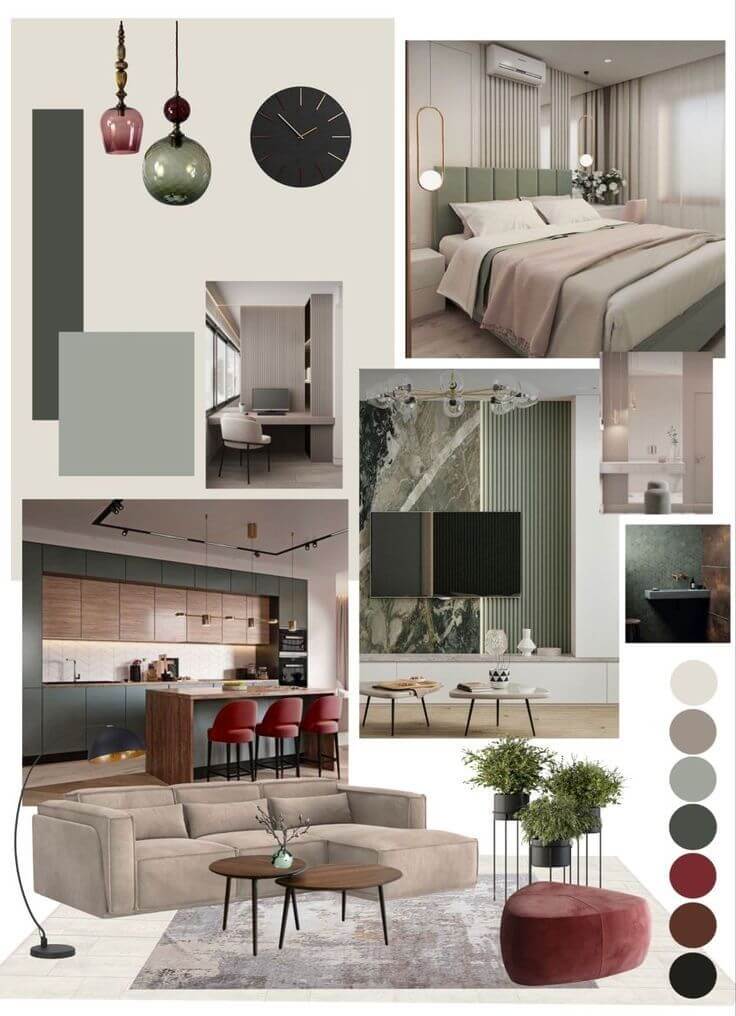
Balance and Harmony: Bringing Together the Elements
Once you have a sense of style, the next step is to think about balance. A room with visual harmony is calming and inviting, and this can be achieved by balancing various elements such as color, texture, and scale. Choose a color palette that resonates with you but also suits the space. Neutral tones often make a room feel more spacious, while pops of color can add personality. If you’re unsure where to start, consider using nature-inspired hues like soft greens, earthy browns, or ocean blues for a calming effect. Mixing textures such as a soft rug with a wooden coffee table or a plush sofa with metal accents adds depth and interest to a space. In smaller apartments or rooms, this can create a layered look without overcrowding.
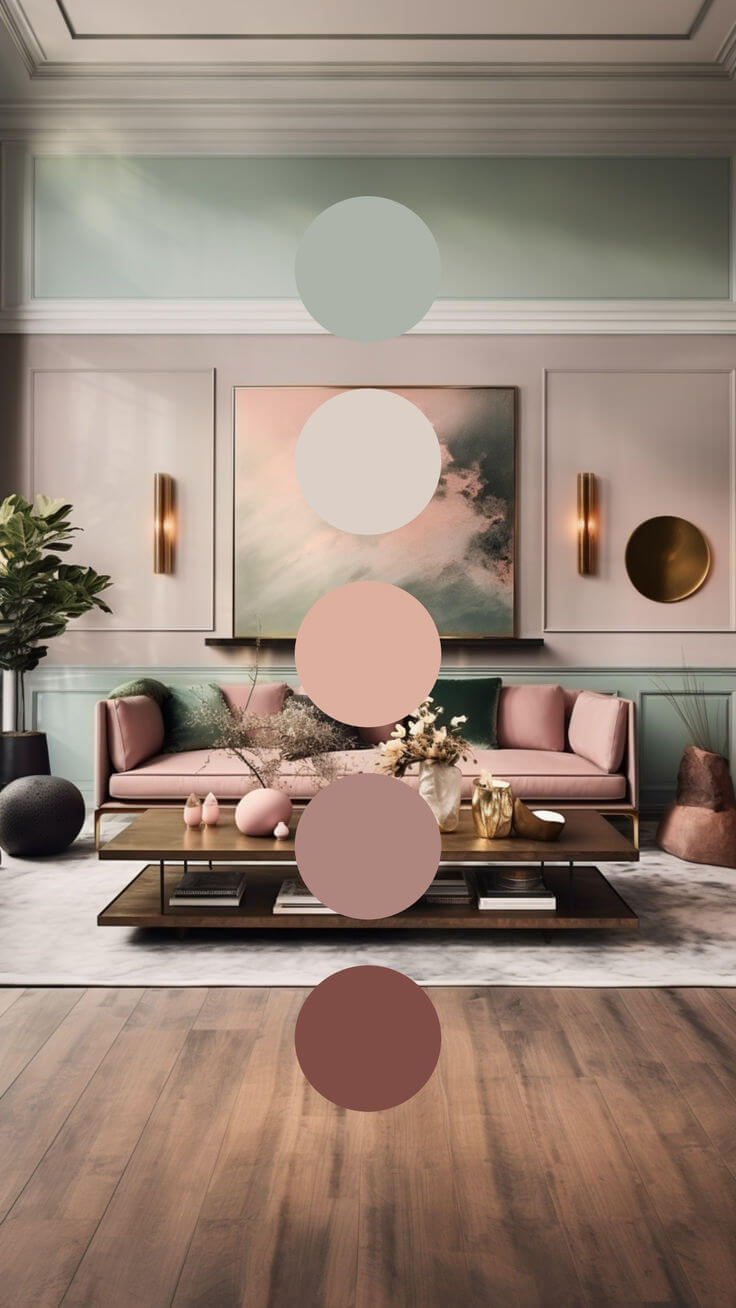
Scale and Proportion:
Be mindful of the size of each piece of furniture. In smaller spaces, opt for furniture with slim profiles or see-through designs, such as glass or acrylic tables, which don’t visually occupy as much space. In larger rooms, don’t shy away from statement pieces or oversized decor that fills the space proportionally.
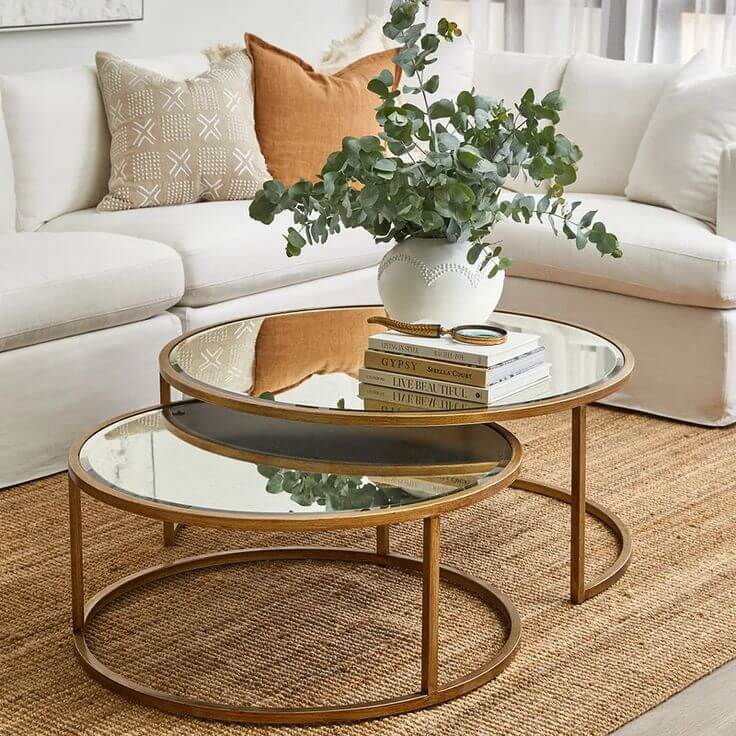
Adding Personality: Décor and Accents
While furniture and color create the backdrop, it’s the personal touches art, books, plants, photographs that give a room its soul. Here, less is often more; select a few pieces that have special meaning, whether it’s a family heirloom, a framed photograph from a memorable trip, or a piece of art that resonates with you. For an added sense of depth, consider the power of layering, you could display books on a shelf with a small sculpture or vase, use throw pillows in different colors and textures on a sofa, or hang a series of framed artworks to create a gallery wall. Plants are also an excellent way to add life to a space; from small succulents on a windowsill to larger indoor plants that make a statement, greenery can enhance the air quality, color palette, and vibrancy of any room.
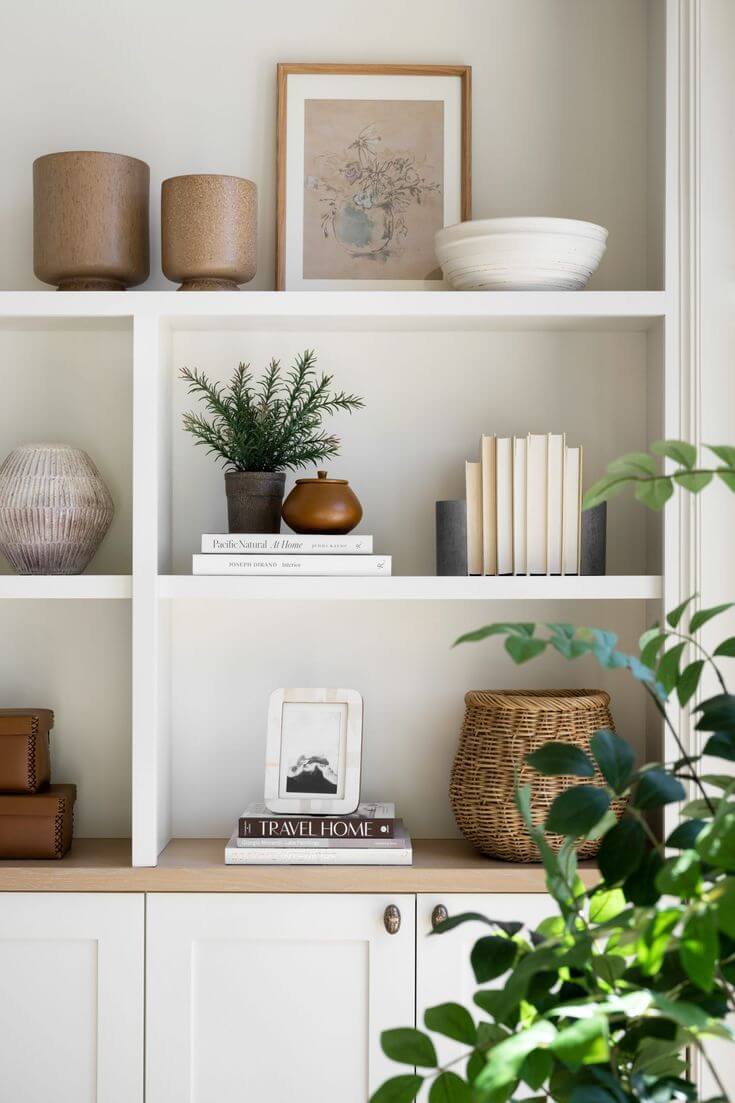
Lighting: Setting the Mood
Lighting is often an overlooked but transformative aspect of interior design. The right lighting can turn a simple space into an inviting retreat. Use a mix of lighting sources to achieve a layered effect: ambient lighting from ceiling fixtures for overall brightness, task lighting like desk lamps for specific activities, and accent lighting such as wall sconces or floor lamps to highlight certain areas or create ambiance. Consider adding dimmers, which allow for versatile lighting options that can adapt to different times of the day or moods. Soft, warm lighting in the evening can create a cozy, welcoming vibe, while bright, cool light can energize and freshen up the space during the day.
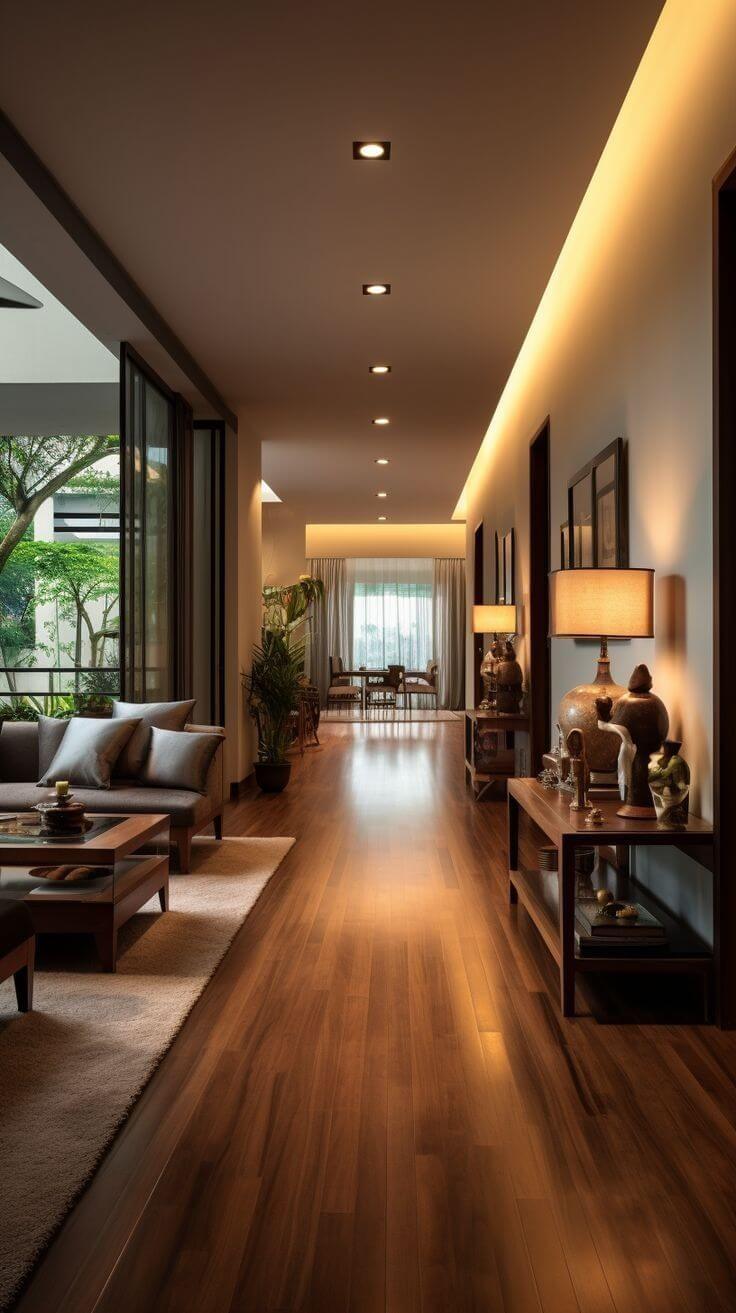
Flexibility: Designing for Real Life
Above all, a well-designed space should be functional and adaptable to everyday life. Especially in smaller apartments, consider furniture that can serve multiple purposes, such as an ottoman with storage, a fold-out dining table, or a sofa bed. When designing for real life, remember that even the most beautiful room is only successful if it fits your lifestyle. The arrangement of furniture should promote natural flow and comfort. For example, a living room might be centered around a sofa facing the main view or focal point, with tables and chairs arranged to encourage conversation and relaxation. In kitchens, ensure that counters and cabinets are accessible, and that the design encourages both cooking and gathering.
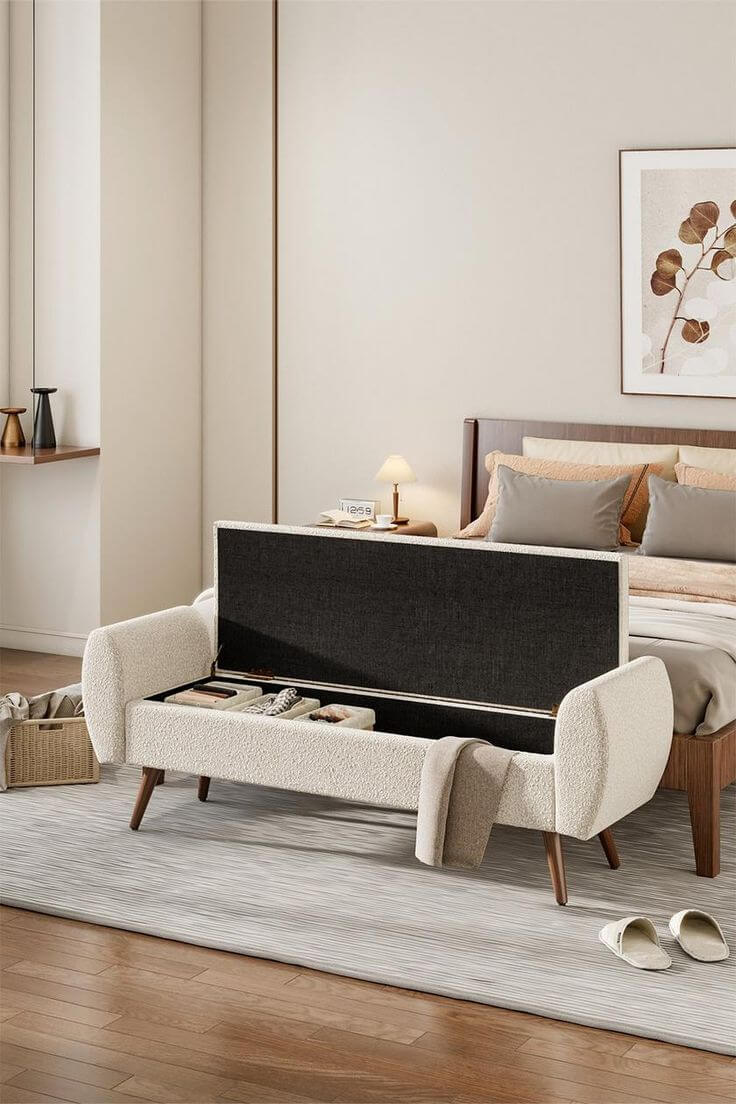
Embracing the Process
Interior design is a journey, not a final destination. As you live in a space, your needs, preferences, and inspirations may evolve. Allow yourself to make changes over time whether it’s rearranging furniture, repainting walls, or adding new artwork. The goal is to create a space that feels like home, where every corner and surface tells a story about you.
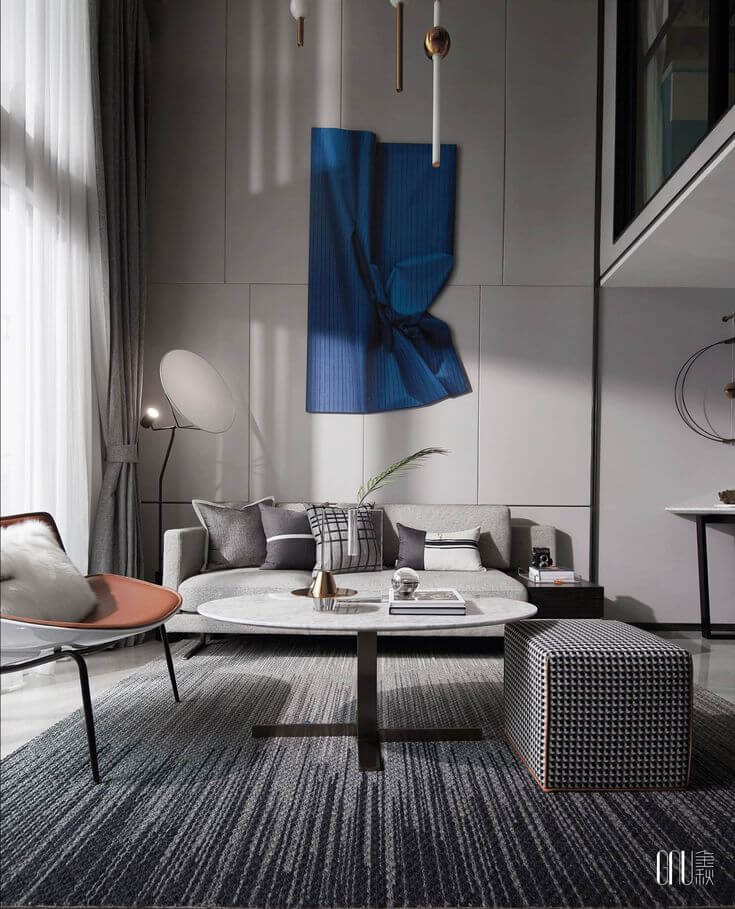
In the end, designing your ideal space is about balancing beauty and function, creating harmony through personal touches, and making intentional choices that reflect your taste. A well-designed space nurtures comfort, inspires creativity, and brings joy to everyday living. Embrace the process, and you’ll create a home that doesn’t just look good but feels genuinely you.

